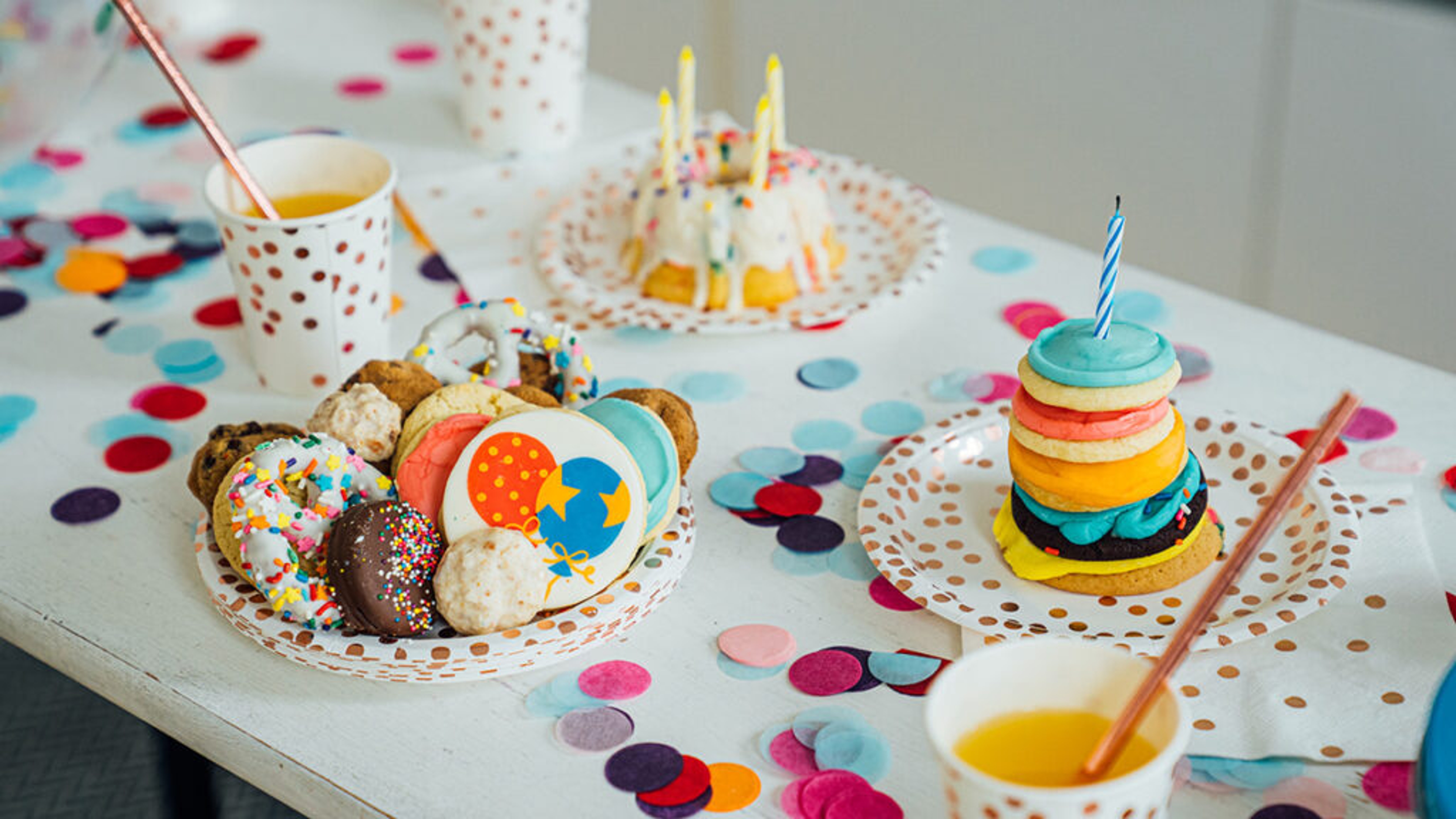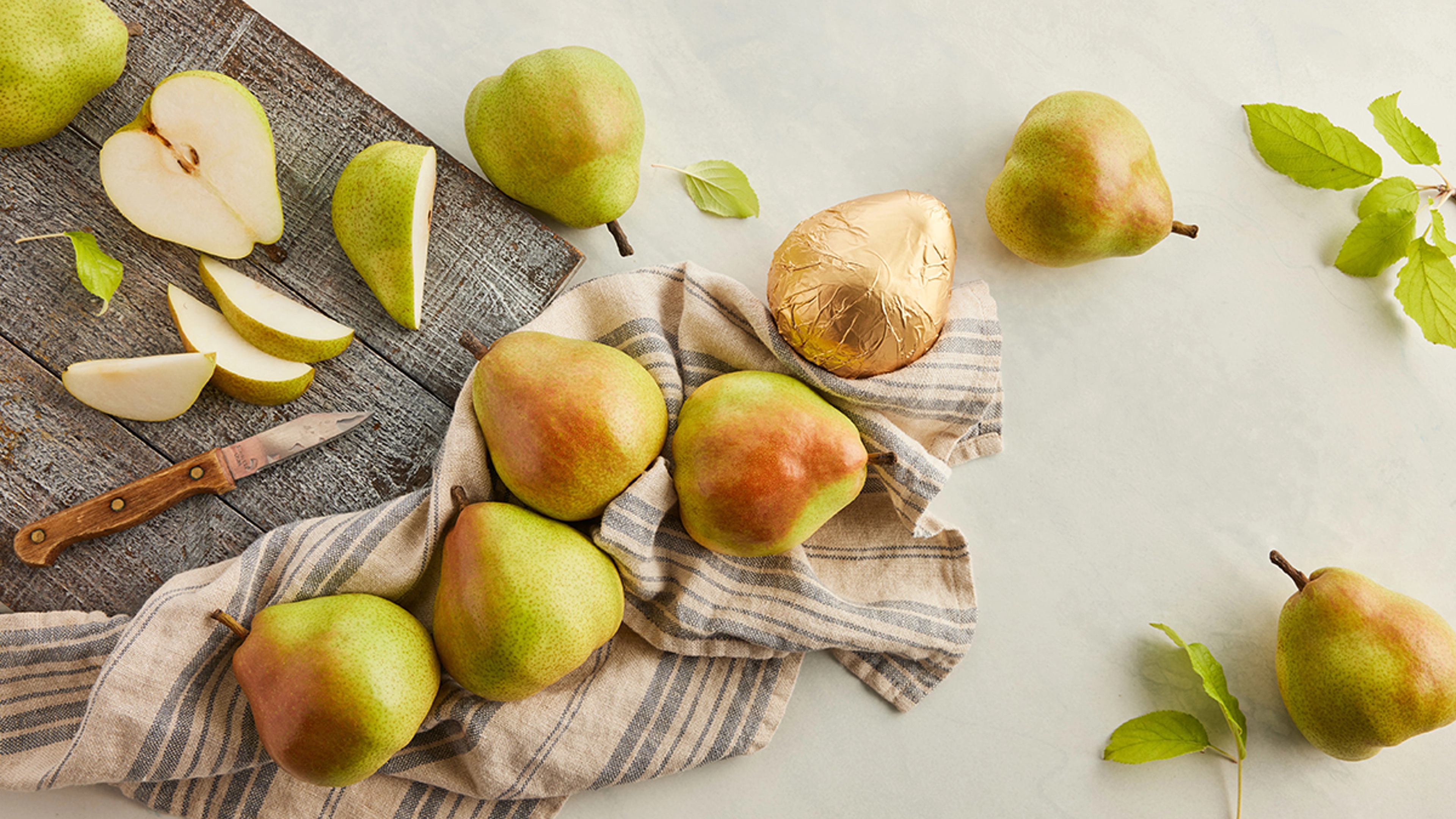Birthday Traditions Around the World
We all have a birthday. Here's how they've been celebrated throughout history.
Jan 21, 2025
From the earliest known birthday celebration, held in ancient Egypt, to the most modern socially-distanced ones, humans have spent the last 5,000 years designing ways to honor the beginnings of their loved ones' lives. During this time, scores of traditions to commemorate birthdays have developed around the world, including some universal favorites like the birthday song and pointed paper party hats. In honor of the holiday that's always happening right now somewhere for someone, here's a look at some of the more unique birthday facts and traditions from around the world.
Cake by numbers
Birthdays are the most commonly celebrated occasion across all of the world's cultures, which comes as no surprise — everybody has one. In fact, according to the 2021 Farmer's Almanac, nearly 17.7 million people across the globe are having a birthday each day. That includes about 814,000 in the United States alone. And given that many births in the world aren't officially reported, this is a conservative estimate.

If one traditional birthday cake were to be baked for every birthday in the world today, around 70.8 million eggs and 35.4 million cups of sugar would be needed, and laid side-by-side, these cakes would stretch across the entire length North America. If this were done every day for one year, enough cakes would be produced to circle the entire Earth almost 37 times. Slice it up and that's over 58 billion pieces of cake!
Kinderfeste kickoff
During the early 1700s, the German tradition of Kinderfestes began, a friends and family cake-share celebration most similar to our modern birthday parties. The tradition of candles on cakes also began at Kinderfestes, each representing one year of life lived and one extra added in hope of a healthy year to come. Kinderfeste cakes were baked early in the morning and their candles were kept burning until evening, when the celebrant made a secret wish and tried to blow them all out at once.
Most Kinderfeste cakes were thick and dry, as sugary sweet ingredients remained an expensive luxury until the economic boom of the mid-18th century Industrial Revolution brought with it lower food prices, as well as mass production lines that allowed cakes to be produced in a cheaper, quicker manner.
In your face!
The tradition of "egging" a birthday celebrant, followed by a shower of white flour, is a tradition in Brazil. It's as simple as it sounds: ready or not, eggs are thrown from all angles by multiple guests while another pours a bag of flour. The idea is to "make a cake" out of the person, rather than simply give them one. That's just cold-blooded.
In a similar tradition, Canadians are often ambushed with sticks of butter on their birthdays. The tradition, which is said to have began in Scotland, says that rubbing buttermilk on the nose brings good luck for the year to come by causing bad fortune to "slip away" from the greased-up person.

Dinner first
Birthday meals in South Korea often begin with a healthy dish like seaweed soup, which isn't as weird as it may sound — stewed ocean greens are a common ingredient throughout popular Korean cuisine. Add a protein like chicken or beef and the dish contains many nourishing vitamins and minerals — multiple types of vitamins A, B, and C, as well as calcium and iron — the type of ingredients that when consumed regularly, help ensure a long and healthy life.
China's "longevity noodles," a huge dish of extra-chewy egg noodles that are kept extremely long, symbolize a lengthy life for the birthday celebrant. These noodles are made chewier than most by using carbonated rather than flat water to mix with the wheat flour that forms noodle dough. And being chewier, they naturally take longer to eat — another representation of a long life.
Fruitful futures
In the Netherlands, natural fruit desserts can provide an alternative to the common yellow cake and buttercream icing birthday cake. The Vlaai is a huge circular fruit tart, up to a foot long and wide, often filled with apricots, red berries, and plums. The Vlaai's size is meant to represent a full life, as well as provide a dish that can be shared by many party attendees, over a long period of time. The fruits within a Vlaai often come from family or friends' homemade unsweetened preserves, which further the dessert's representation of care and extra time.

Birthdays in space
During the 21 years the International Space Station has spent cruising above Earth, more than 80 personnel have spent their birthdays aboard the vessel. Unfortunately, birthday cakes can't be enjoyed on ISS during celebrations. In the zero-gravity environment, tiny runaway crumbs from the cake could float around and interfere with its sensitive equipment.
In 2019, during a triple birthday celebration on the ISS, a chocolate cake was unveiled as a decoration — no candles though as open flames are also forbidden on the ISS. For most space birthdays, family and friends visit mission control at Johnson Space Center in Houston. They have live stream birthday parties with their astronaut loved ones, including virtual candle blowouts, timed carefully to account for a six-second Earth-to-space communication delay.
.svg?q=70&width=384&auto=webp)

















